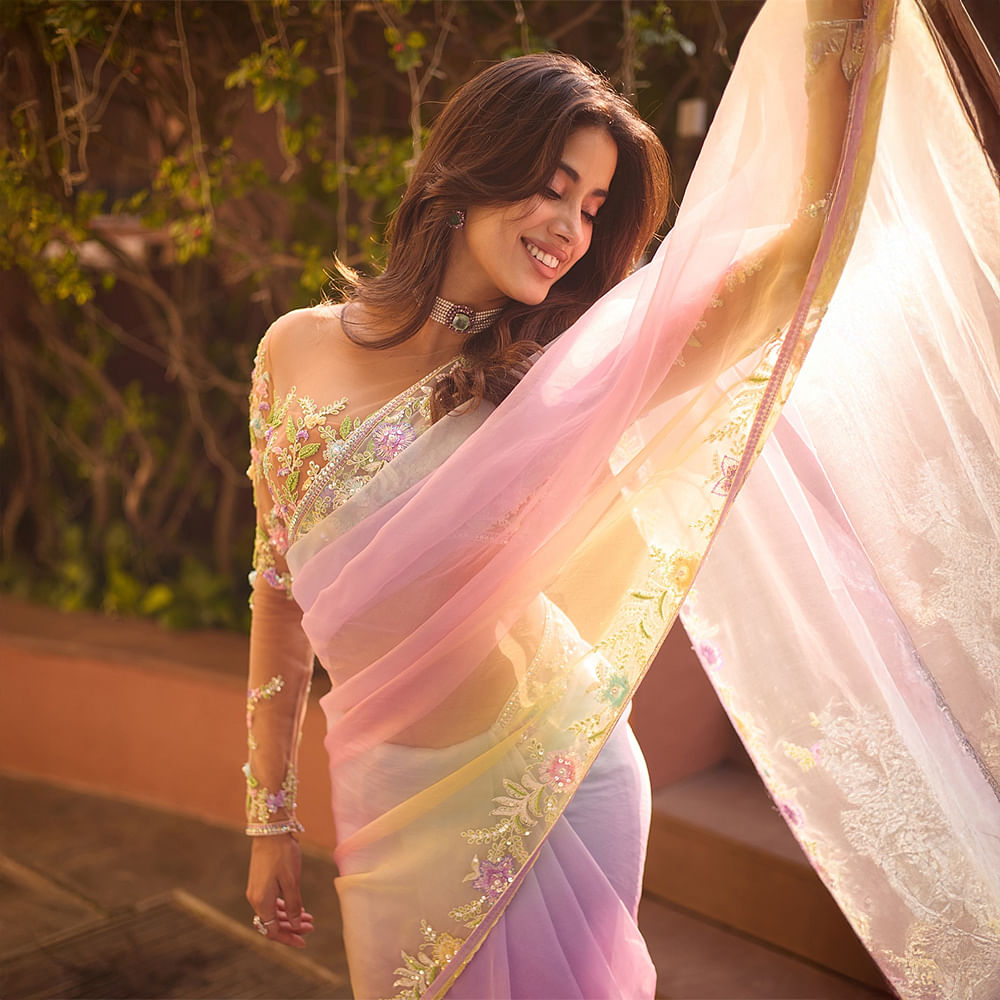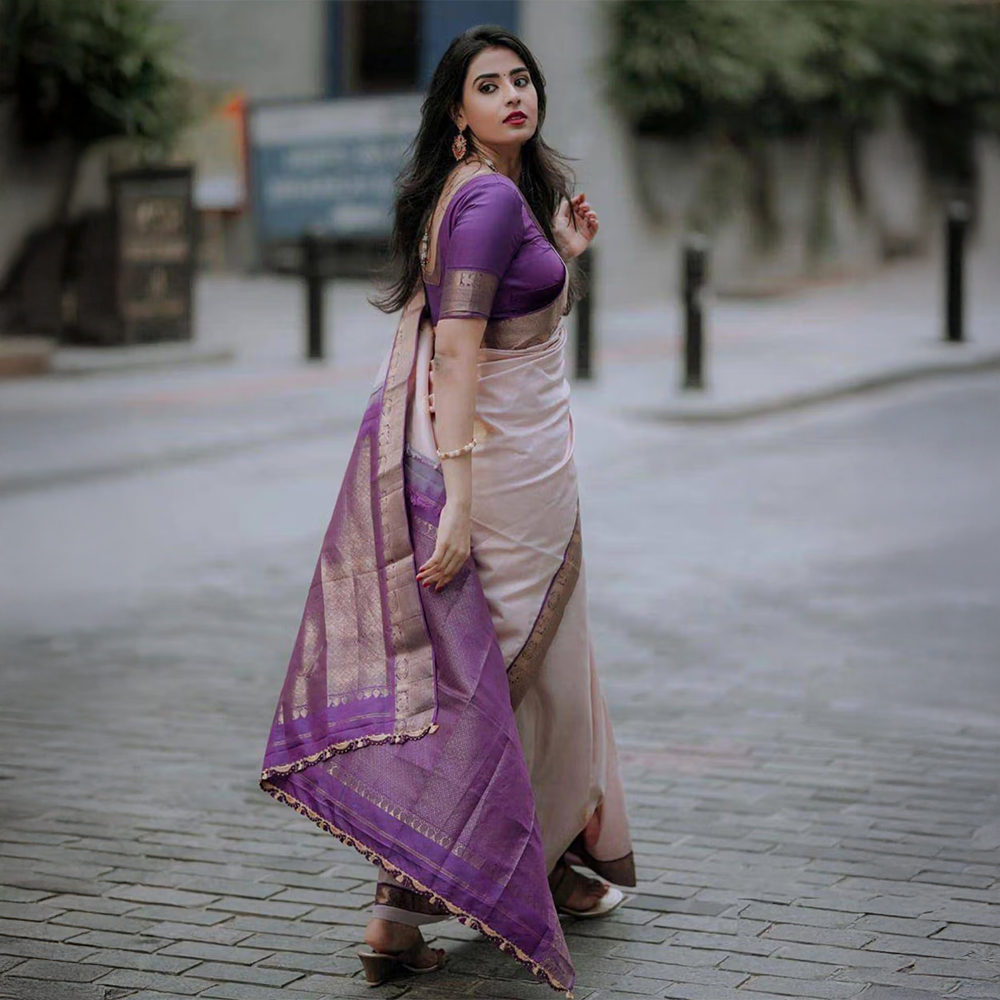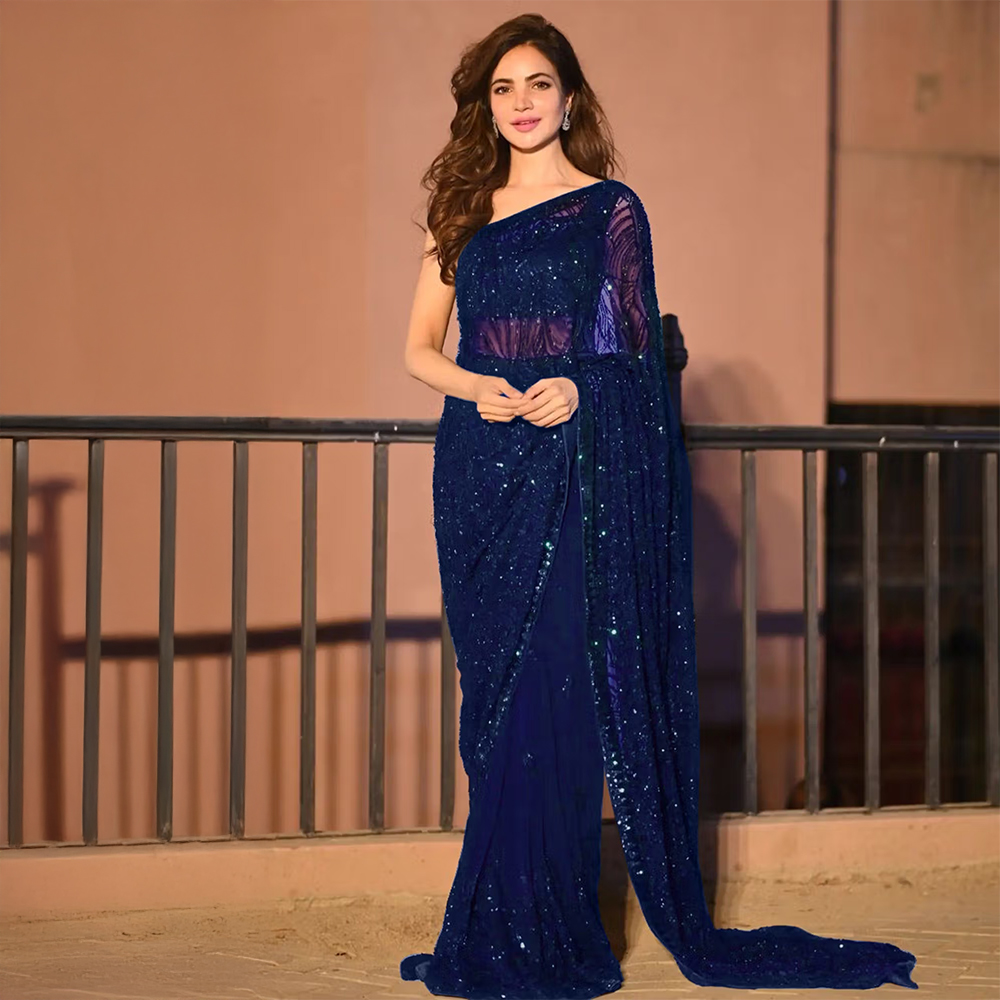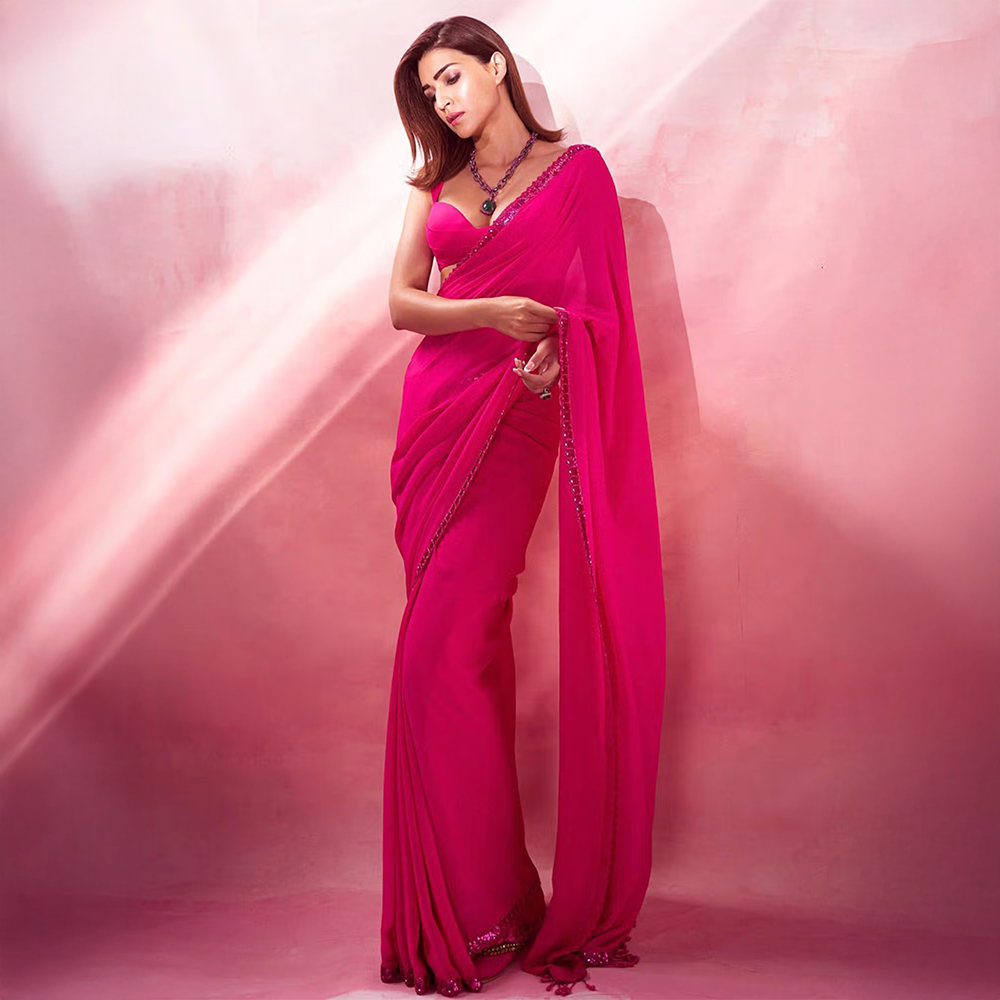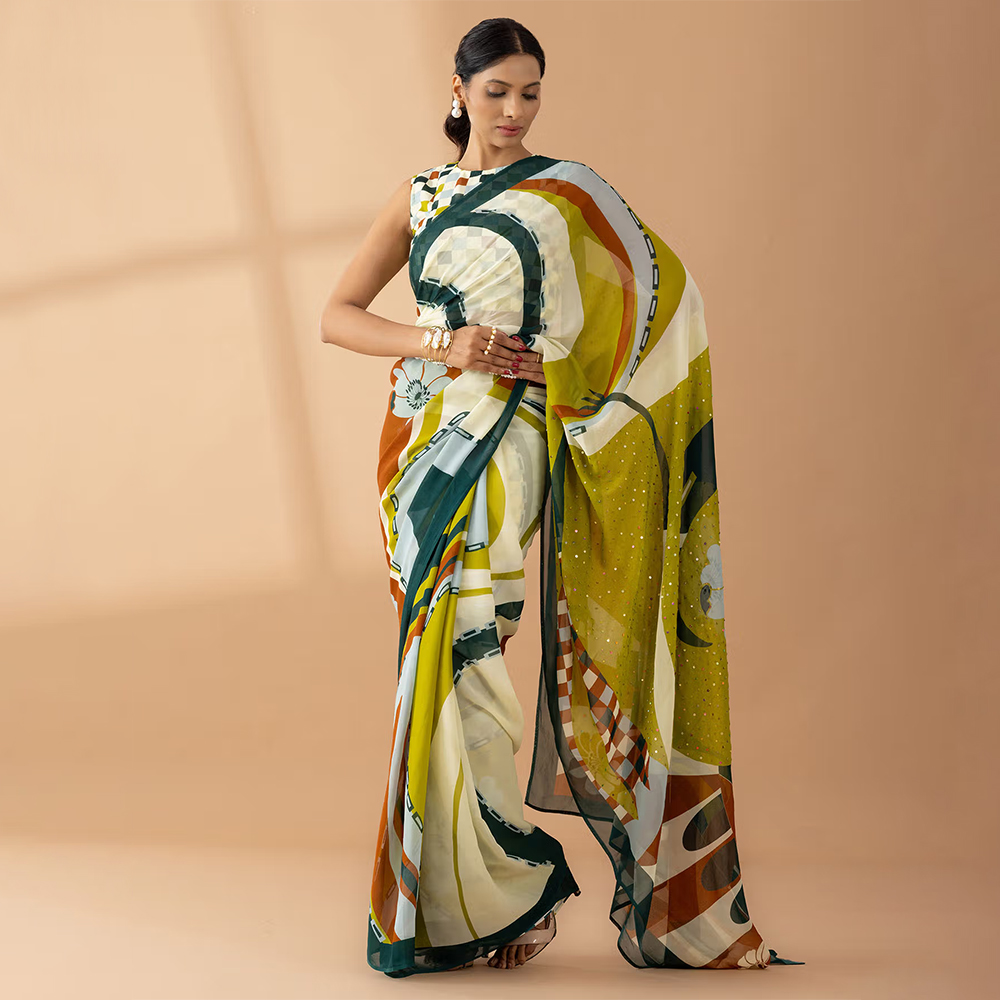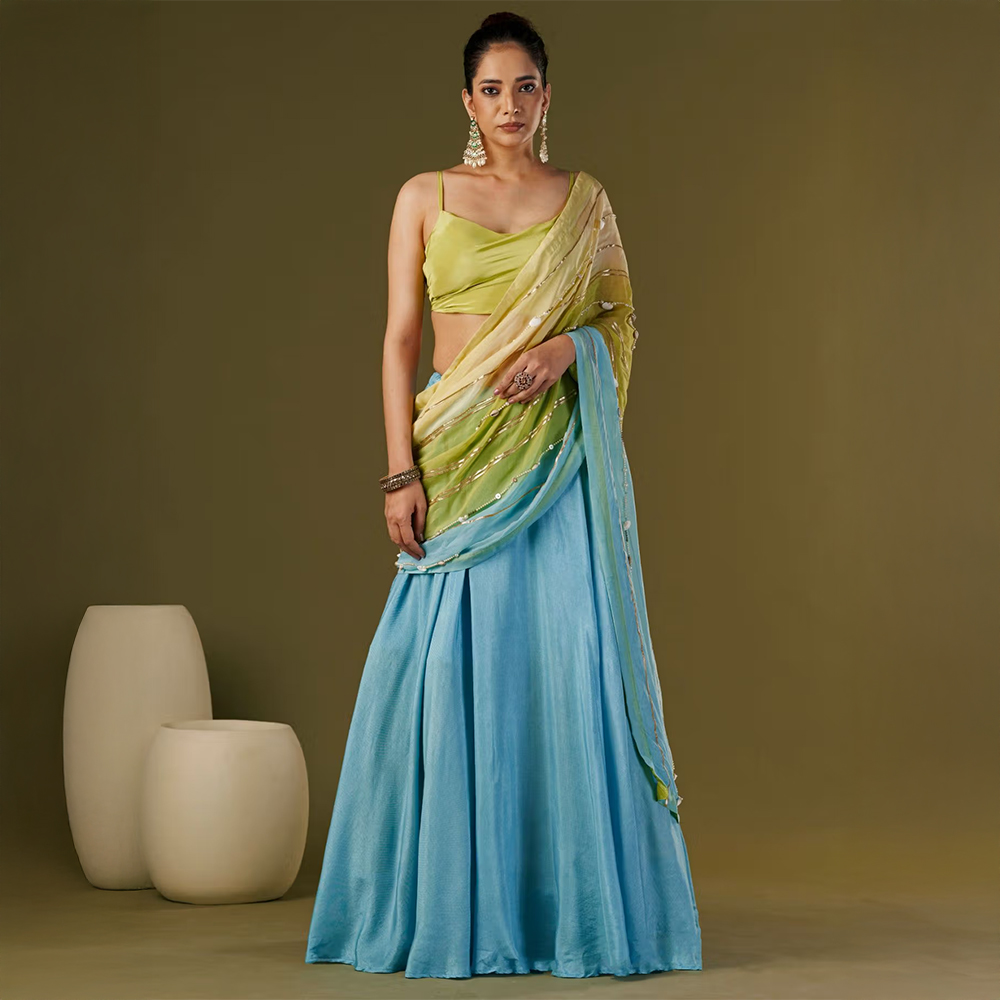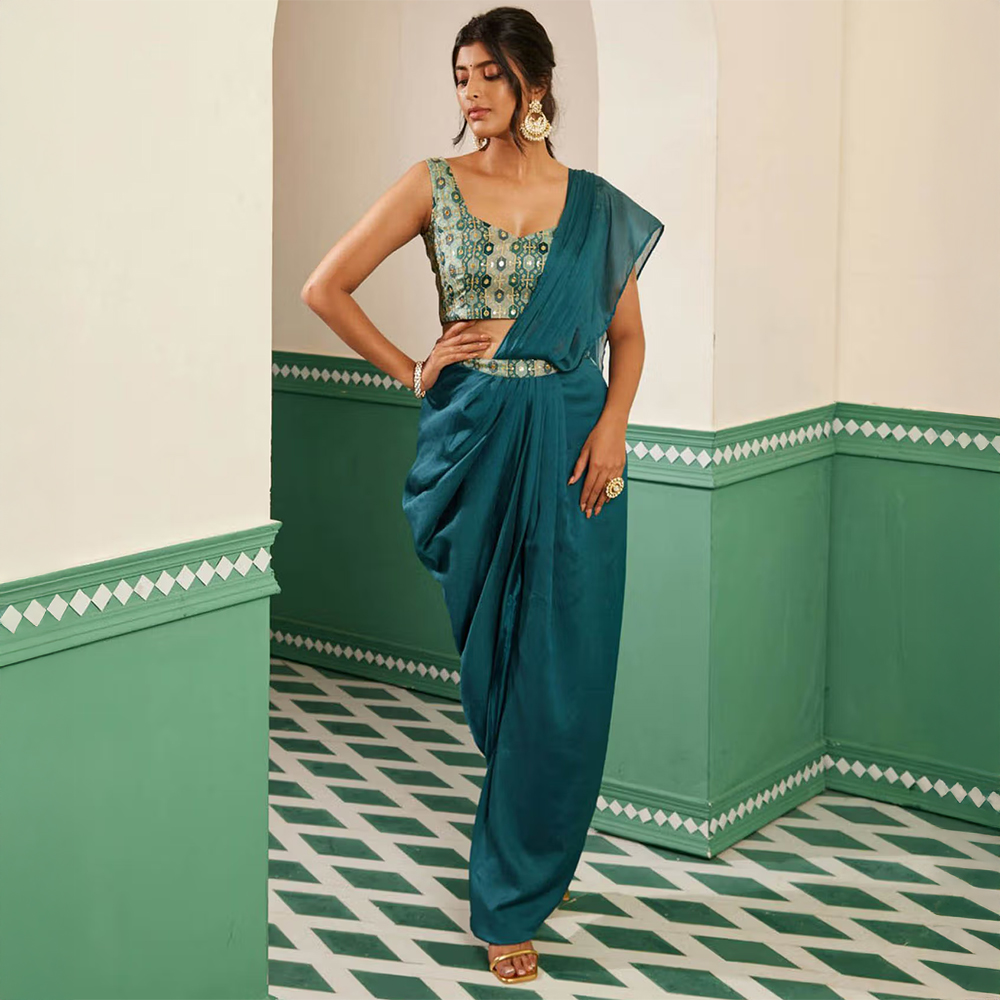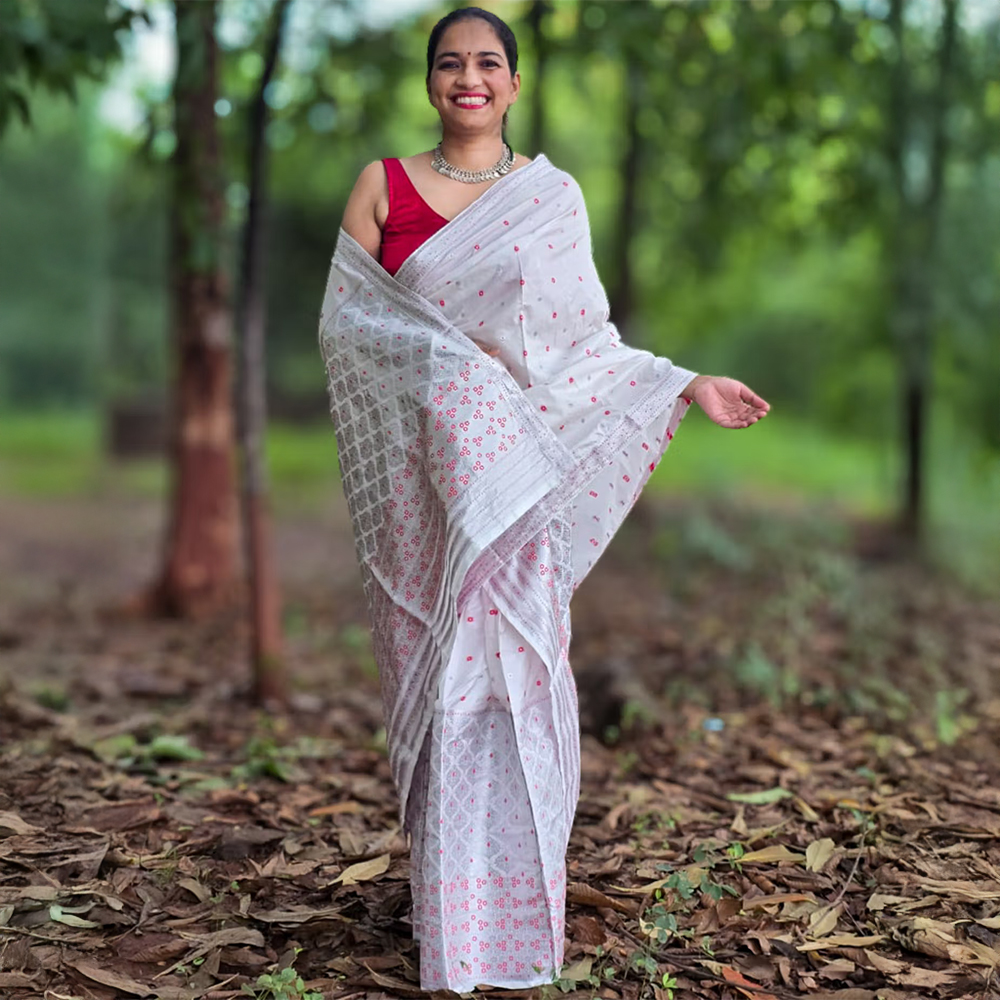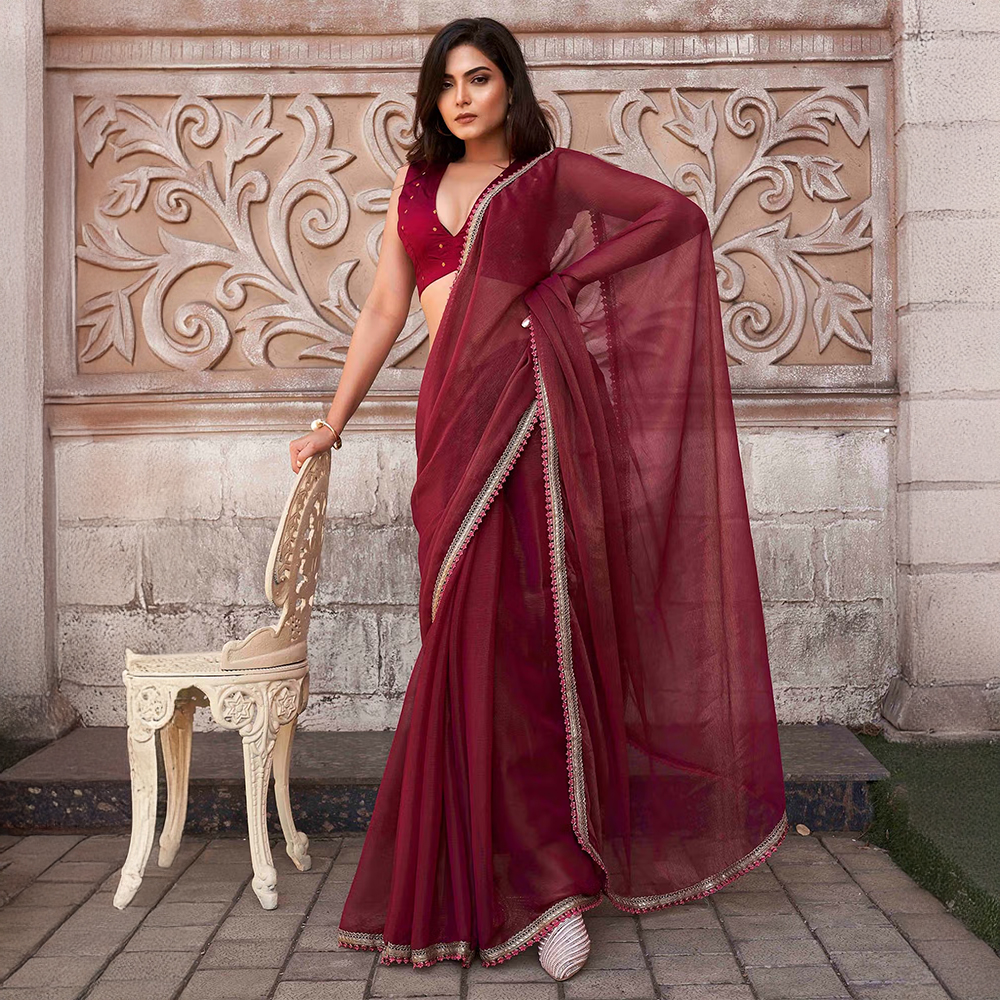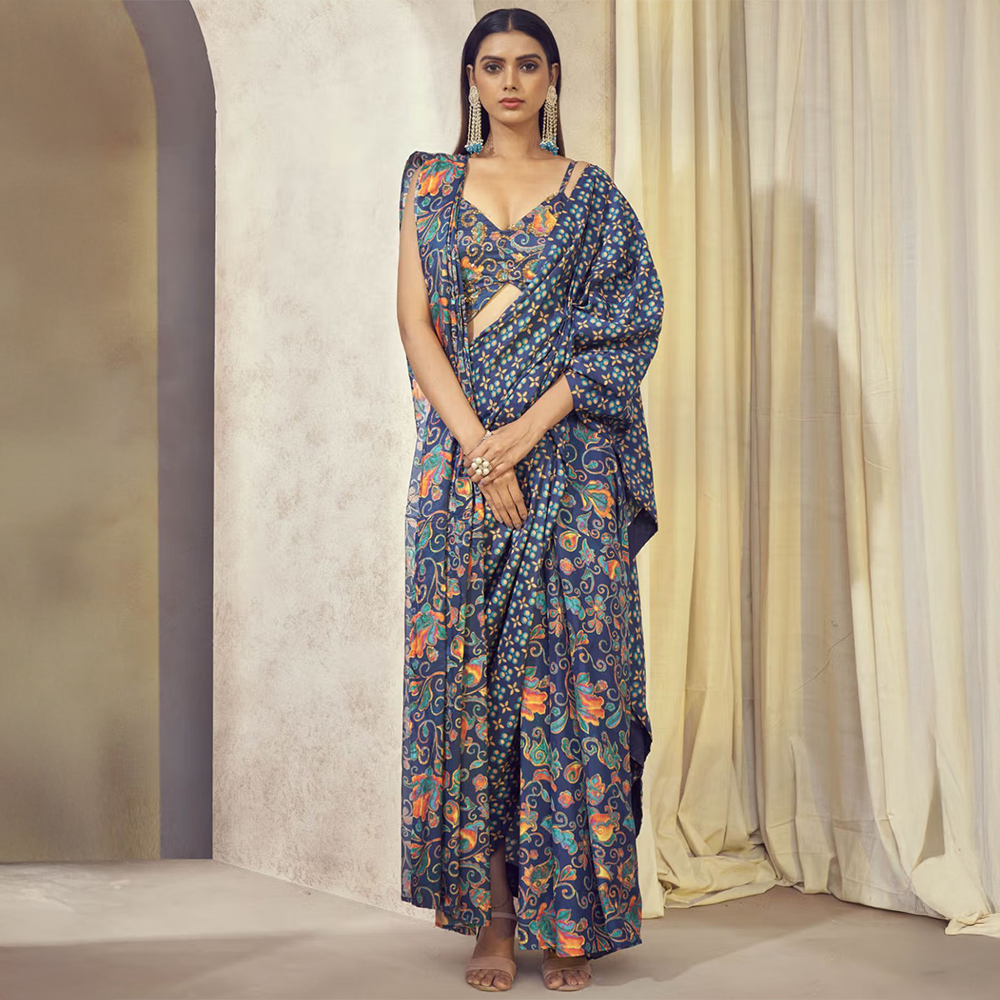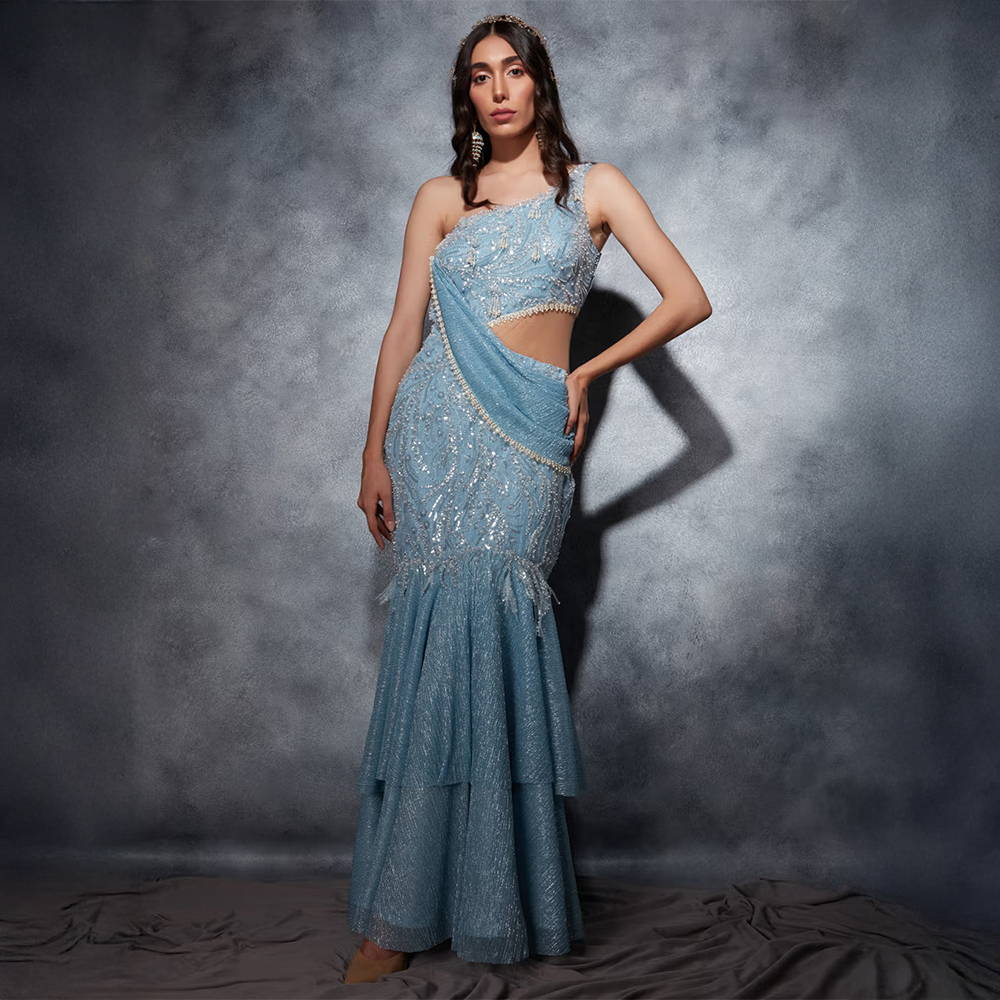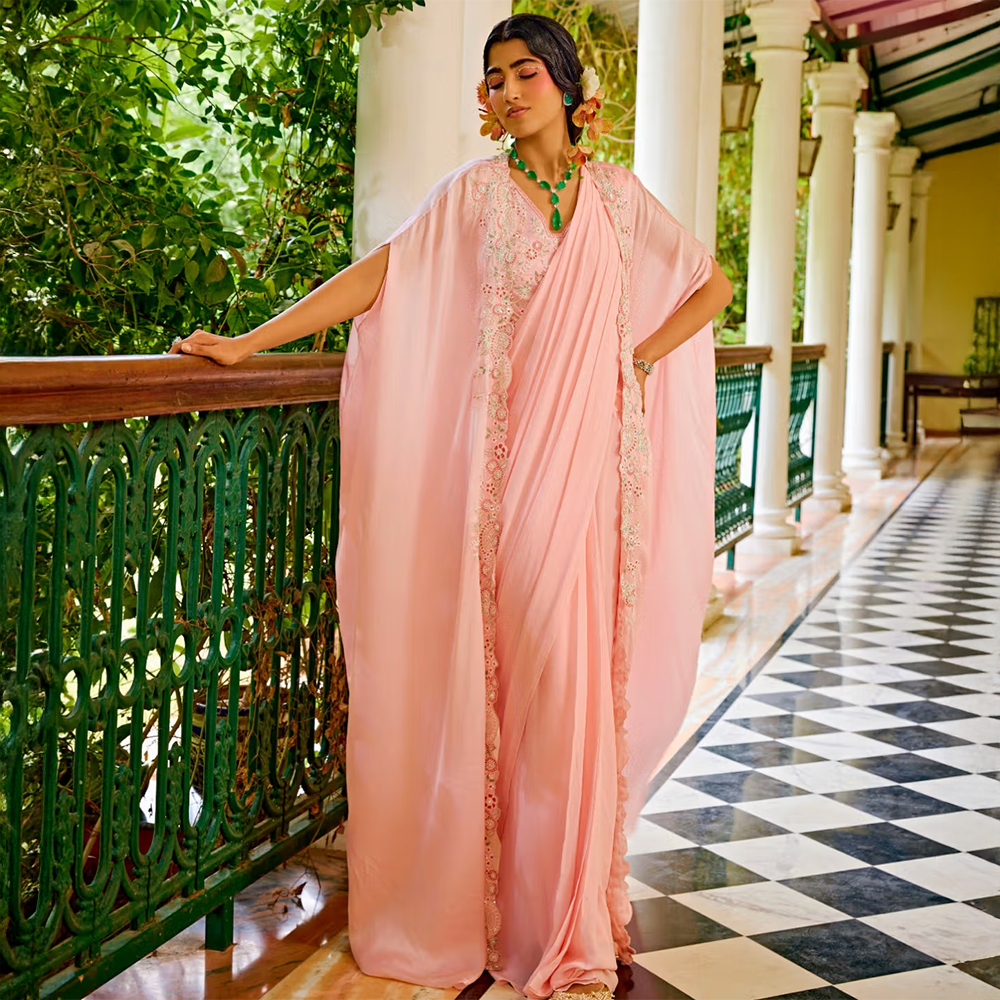Saree, a timeless, unstitched masterpiece of elegance, is a staple that every woman loves to own. We'd also go out on a limb and say that it carries a sort of "main character" energy that no modern outfit can quite replicate.
And with the festive season approaching, social media is abuzz with folks wearing sarees; from influencers to celebrities, we see not only everyone going back to sarees, but also choosing different saree draping styles from throughout the country. No longer confined to the classic drape, sarees have now been given many trendy twists. So, we've compiled a list of saree draping styles that we believe strike the perfect balance between the best of both worlds—traditional and modern.

